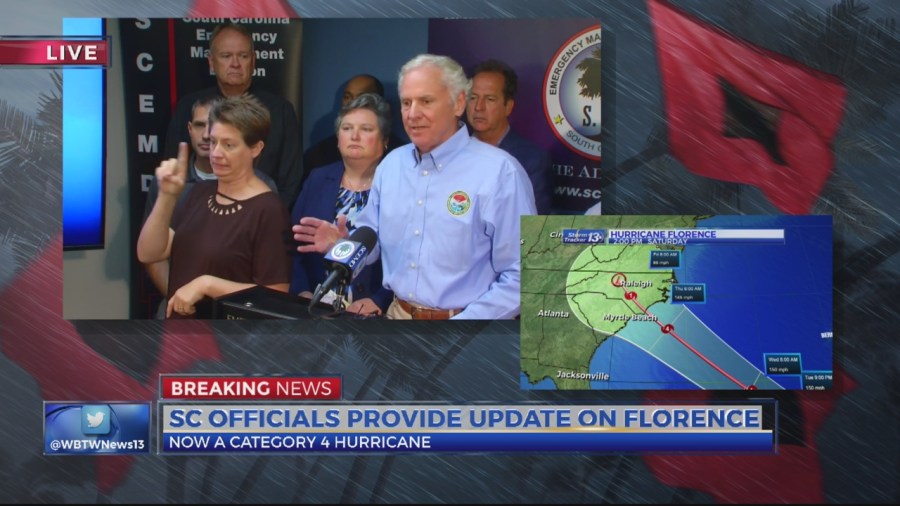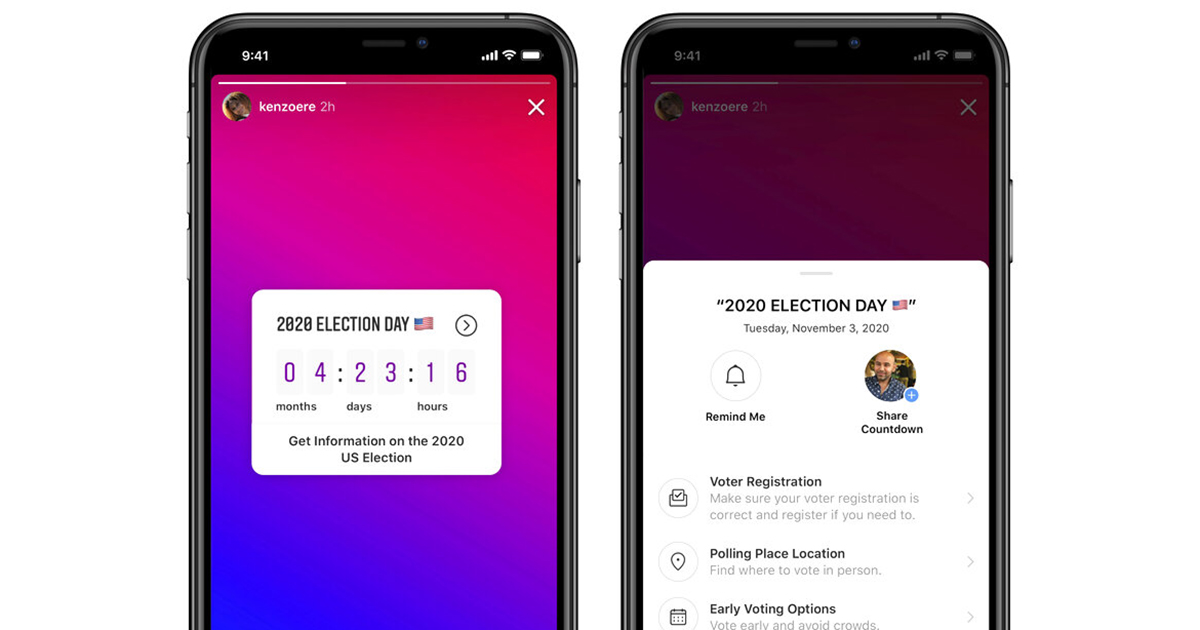MYRTLE BEACH, SC (WBTW) – After a two-week journey across the Atlantic Ocean, the Carolinas braced for Hurricane Florence back in September.
“We are in a very deadly and important game of chess,” said Gov. Henry McMaster, R-South Carolina, during a press conference September 10.
Mandatory evacuations were ordered for about a million people in South Carolina, including Horry and Georgetown counties. Peaking as a Category Four storm in the Atlantic, Florence made landfall as a Category One on September 14 in Wrightsville Beach, North Carolina, just east of Wilmington.

The North Strand saw the strongest gusts in South Carolina. Florence slowed to a crawl after landfall and weakened to a tropical storm right before crossing the state line south of Loris.
Florence lingered for at least one more day, moving at just two miles per hour at some points. The threat was only getting started, as all the inland rain made its way to the ocean.
The Lumber River in Lumberton, North Carolina, saw record flooding.

“The water just kept coming up and up,” said Julie Lamb of Lumberton, who was rescued by U.S. Coast Guard members from the flooding in September.
Downstream in Marion County, after finally recovering from Hurricane Matthew’s flooding, Nichols was under even more water than the 2016 storm.
“I don’t know how long I can stay here,” said Elaine Davis, who’s home in Nichols flooded.

Just outside Nichols, two women, Wendy Newton and Nicolette Green drowned while being transported in an Horry County Sheriff’s Office van for mental health treatment.
Rural communities along the Great Pee Dee, Little Pee Dee and Waccamaw rivers all flooded for several weeks.
The Waccamaw reached a record high of over 21 feet in Conway.

“Most of these houses are on septic tanks,” said Bob Joncas, who lives near Pitch Landing and took News13 on a boat ride when his neighborhood South Ferry had up to seven feet of flooding. “Guess where that water’s at?”
Hundreds of roads flooded throughout South Carolina, including Interstate 95 in Dillon County and state highway 22 in Horry County. The National Guard used an AquaDam to prevent flooding on U.S. Highway 501 in Conway.
Socastee was among the last areas to flood. Water from the Intracoastal Waterway lingered in some areas like the Rosewood neighborhood into early October.

As Florence recovery continues, a greater debate looms about where homes should be built and what people in flood-prone areas should do.
“We’re not gonna keep doing this again,” said Sen. Lindsey Graham, R-South Carolina, while touring the flood damage in Socastee in October. “It’s not fair to people. It’s dangerous.”
The race is on for solutions before the next hurricane hits.
Watch the News13 special Hurricane Season 2019: Learning From Florence, airing on Saturday, June 29 at 7 p.m.









